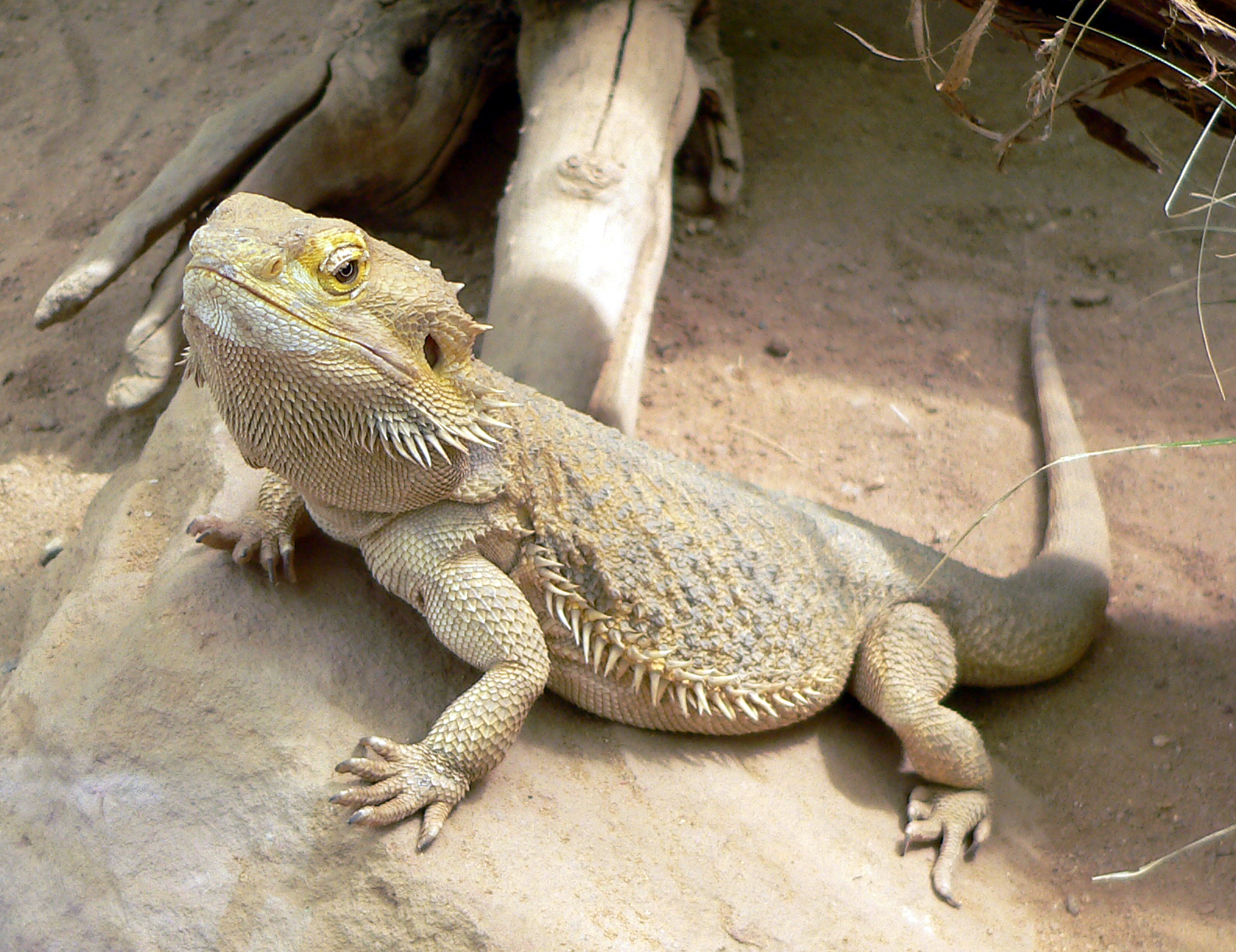Bearded dragons are popular pets due to their unique appearance and docile nature. These lizards, which are native to Australia, have become increasingly common in households around the world. In this article, we will explore the characteristics of the bearded dragon, its habitat, diet, and behavior, as well as the responsibilities of owning one as a pet.
Physical Characteristics
Bearded dragons are medium-sized lizards, typically growing up to 24 inches in length, including their tail. Their scales are rough and bumpy, which helps them blend in with their natural environment. Their most distinctive feature is the “beard” under their chin, which they can puff up to intimidate predators or other bearded dragons. They come in a variety of colors, including yellow, red, and orange, and can have patterns of stripes or spots.
Habitat
Bearded dragons are native to the arid regions of Australia, and require a similar habitat in captivity. They need a terrarium that is at least 40 gallons in size, with a secure lid to prevent escape. The enclosure should have a basking spot, which is a heat lamp that provides temperatures of around 100°F, as well as a cooler area for the lizard to retreat to. A UVB lamp is also necessary, as it provides the necessary UV radiation for the lizard to produce vitamin D3, which is essential for bone health.
Diet
Bearded dragons are omnivores, meaning they eat both plants and animals. In the wild, their diet consists of insects, such as crickets and roaches, as well as leafy greens and vegetables. In captivity, they can be fed a variety of insects, including mealworms and dubia roaches, as well as commercially available bearded dragon food. Fresh greens, such as kale and collard greens, should also be offered regularly.
Behavior
Bearded dragons are known for their calm and docile nature, which makes them great pets for families with children. They are diurnal, meaning they are active during the day, and spend much of their time basking under their heat lamp. They are also social animals, and can be kept in pairs or groups, as long as there is enough space in their enclosure.
Responsibilities of Owning a Bearded Dragon
Owning a bearded dragon requires a significant amount of responsibility. They require a specialized diet, as well as a specific habitat with proper lighting and temperature regulation. Owners must also be prepared to provide regular veterinary care, including annual check-ups and potential treatments for common health issues, such as respiratory infections and metabolic bone disease. Additionally, bearded dragons can live up to 15 years in captivity, so owners should be prepared for a long-term commitment.
In conclusion, bearded dragons are fascinating pets that offer unique and entertaining personalities. However, they require specific care and attention, and owners should be prepared for the responsibilities that come with owning one. With proper care, a bearded dragon can live a long and healthy life, and provide a rewarding experience for pet owners.


Comments
Post a Comment